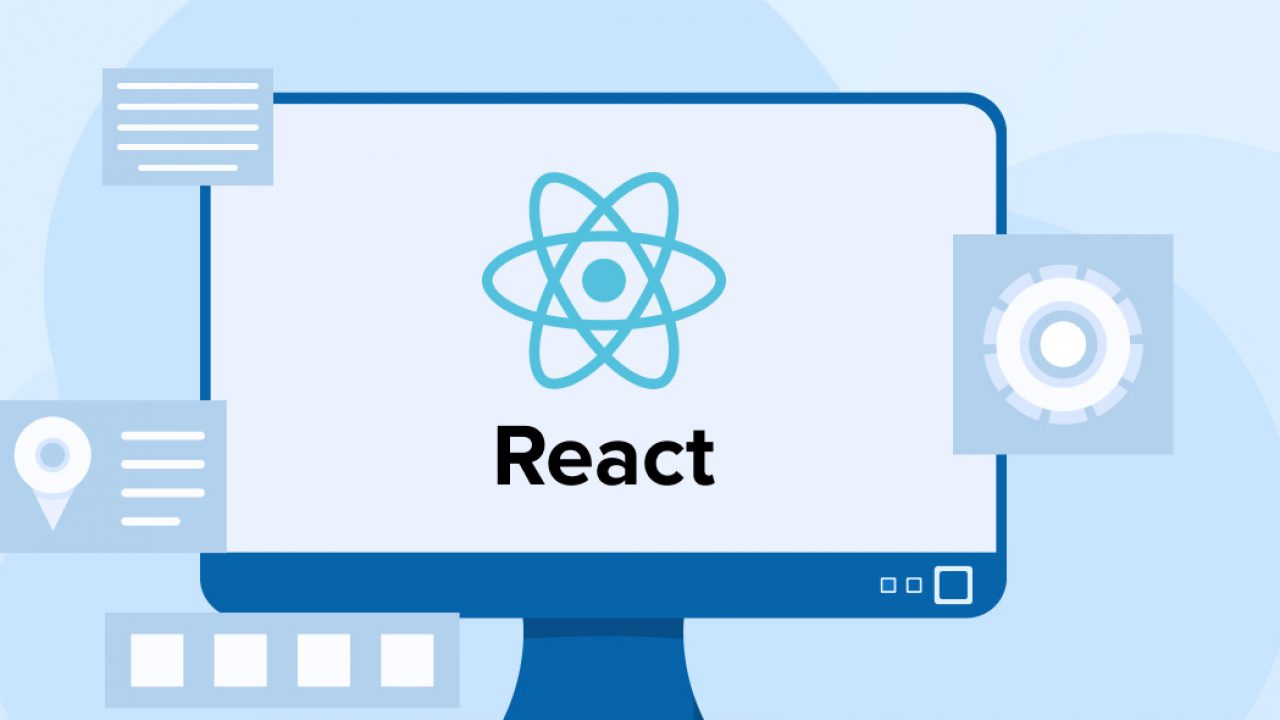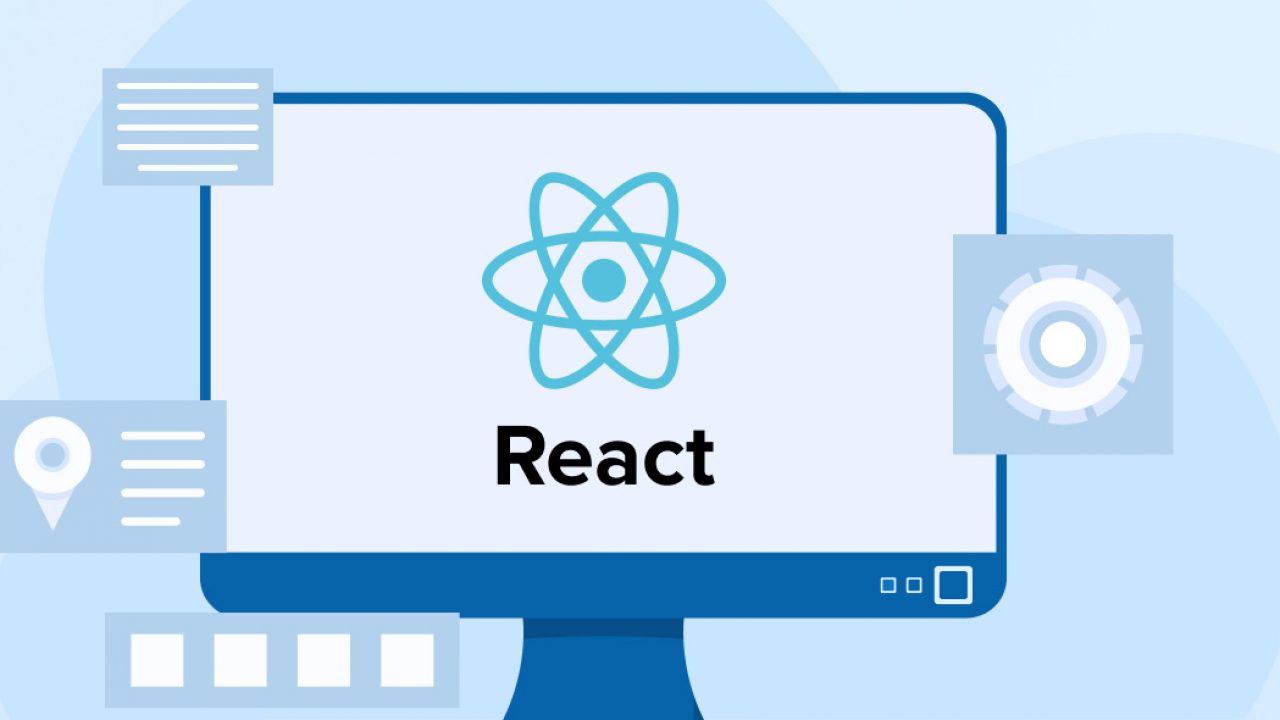Growth Hacking Course
In today’s rapidly evolving digital landscape, turning a raw idea into a full-fledged web application requires more than just inspiration – it demands the right tools, expertise, and execution strategy. React JS, the open-source JavaScript library maintained by Meta, has become the gold standard for building dynamic, high-performance user interfaces. But what truly transforms a concept into functional, scalable software is the power of every React JS development company.

Whether you’re a startup founder sketching out a minimum viable product or an enterprise looking to modernize your digital offerings, React JS development services offer a structured yet flexible approach to bring your vision to life. This article walks through the journey from ideation to deployment, highlighting how React JS streamlines development, enhances scalability, and delivers impactful user experiences.
Idea Validation and Requirement Analysis
Before a single line of code is written, the development process begins with in-depth collaboration between stakeholders and React developers. This phase focuses on understanding:
- The core idea and business objectives
- Target audience and user behavior
- Competitive landscape
- Desired features and functionality
React development teams use wireframes, mockups, and clickable prototypes to help visualize the product and ensure alignment between all parties. This early-stage validation reduces the risk of costly revisions down the line.
Choosing React for the Right Reasons
React JS isn’t just a buzzword – it’s a proven solution for building modular, maintainable, and scalable applications. During the planning phase, development services help determine if React is the best fit by considering:
- Real-time interactivity requirements
- Performance optimization needs
- Long-term scalability goals
- Integration with backend technologies like Node.js or Python
React's virtual DOM, component-based structure, and strong community support often make it the ideal framework for modern web applications.
Designing Component-Based Architecture
React encourages building applications as a collection of reusable components. React JS development services specialize in structuring these components in a way that:
- Promotes reusability across different parts of the application
- Supports easy testing and maintenance
- Allows independent updates and scaling
This modular design not only accelerates development but also lays the groundwork for future enhancements or version upgrades.
Rapid Prototyping and MVP Development
To bring ideas to market quickly, React teams often focus on building a Minimum Viable Product (MVP) – a version of the application with just enough features to attract early adopters. With React, MVP development is:
- Faster due to the reuse of components and efficient rendering
- Cheaper thanks to streamlined workflows and open-source libraries
- Smarter because it supports real-time feedback and user testing
React’s ecosystem – including tools like Next.js, Redux, and Tailwind CSS – enables developers to build and iterate quickly without sacrificing quality.
Integration with APIs and Back-End Services
React excels at managing the front-end, but a complete application also involves backend systems, databases, and third-party services. React JS development services bridge this gap by:
- Setting up RESTful or GraphQL APIs
- Integrating with CMS platforms, authentication systems, and payment gateways
- Implementing real-time capabilities with WebSockets or Firebase
This cohesive integration ensures seamless communication between the frontend and backend, resulting in a smooth user experience.
Testing, Optimization, and Deployment
Quality assurance is essential before launch. React development teams perform:
- Unit testing with Jest or React Testing Library
- Performance tuning through lazy loading, code splitting, and caching
- Cross-browser and mobile compatibility testing
Once tested and approved, deployment is done using modern tools like Vercel, Netlify, or traditional cloud platforms like AWS and Azure. Continuous Integration and Continuous Deployment (CI/CD) pipelines are set up to automate updates and fixes.
Post-Launch Support and Scaling
The journey doesn’t end at deployment. React JS development services provide:
- Ongoing maintenance and bug fixing
- Performance monitoring and analytics
- Scalability planning as user demand grows
React’s flexible architecture allows applications to evolve without major rewrites – ideal for businesses that aim to scale quickly and adapt to user feedback.
The Bottom Line
From initial concept to functional code, React JS development services offer a powerful framework for transforming ideas into impactful digital products. With its component-based structure, rich ecosystem, and active community, React continues to be the tool of choice for startups and enterprises alike.
By partnering with expert developers who understand both the technical and strategic aspects of the journey, businesses can ensure their applications are not only built efficiently but also built to last. Whether you’re launching your first MVP or scaling a complex enterprise system, React JS development services are the bridge between imagination and innovation.
